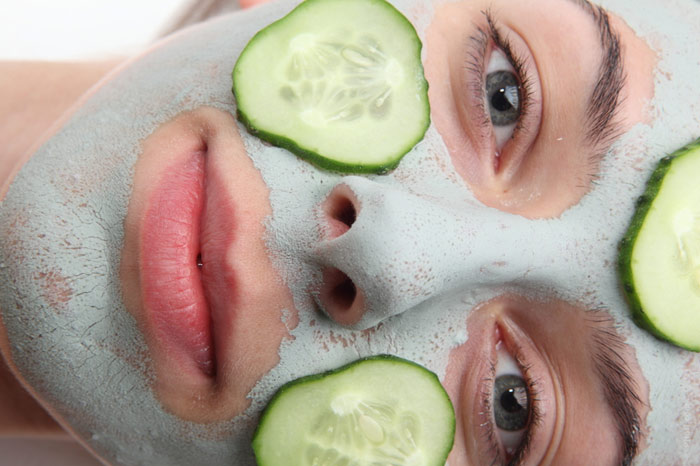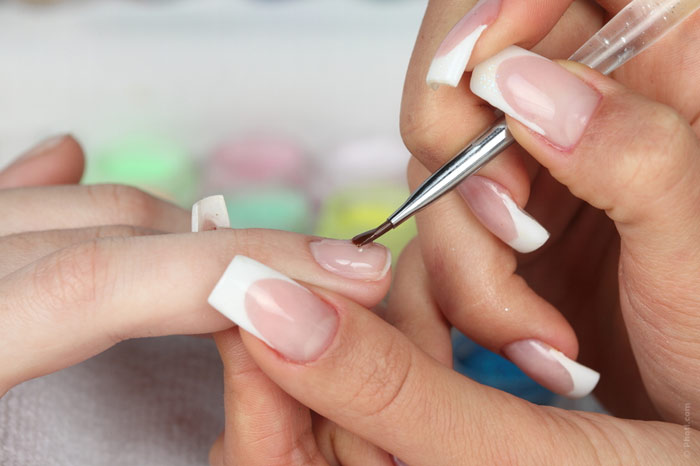Beauty Treatments During Pregnancy
Coloring, massage, gel manicure, self-tanning: what are the do’s and don’ts while waiting for the baby to arrive?
Pregnancy changes everything. Of course, this is not news, but sometimes a word spoken in time helps to realize the gravity of the situation. Starting from the first minute of your “non-loneliness”, everything that you apply to your skin and everything that enters your body affects not only you, but also the baby growing inside.
While some of the innovations in your diet and lifestyle may seem obvious, things are much more complicated when it comes to the beauty routine. Looking for answers on the Internet will definitely cause ambiguity.
At the same time, not everyone is able to independently adjust the usual care and cosmetic procedures that can be resorted to during pregnancy. We decided to help put together a complete guide for beautiful expectant mothers.
Hair coloring
If you are thinking about dyeing your hair during pregnancy, consult your doctor first. Every pregnancy is different from the others, in fact, like every doctor. If you can, stick to using root-based tinting sprays in the first trimester. In the second trimester, you can already go to the salon.
Many doctors recommend semi-permanent dyes to color gray hair, or permanent dye without ammonia if you want to completely dye your hair. The safest way is to highlight the color of individual strands, since this technique does not imply a direct effect on the scalp.
Laser hair removal
Complete safety is the main concern of modern cosmetology. In serious beauty clinics with a good reputation, all procedures, including laser hair removal, are carried out by licensed certified specialists who are well versed in what they are doing.
Although laser hair removal itself is harmless, there is currently not enough evidence that laser hair removal is safe for a developing fetus, so expectant mothers are usually not offered this procedure.
Botox and fillers
Doctors do not have enough information about how botox and fillers affect the body, and we also do not know exactly what happens to the body when someone is breastfeeding. Therefore, the best solution is to focus on your safety and the safety of your baby, which means avoiding any injection during pregnancy or breastfeeding.
Gel manicure
In general, it is perfectly safe to do gel manicure and/or acrylic nails during pregnancy. There is no health risk, but since we are all different, remember that pregnancy can increase sensitivity to different ingredients.
If you notice an allergic reaction, stop the procedure. It is recommended to get coated manicure (whether you are pregnant or not) only in well-ventilated salons with licensed professionals who use sterilized or disposable instruments.
Massage
If pregnancy is without complications, prenatal massage should be tried (after the first trimester and in consultation with the doctor). It helps to calm the muscles that move and grow as the baby grows.
Massage also reduces stress, blood pressure, and swelling in the months that follow. When you sign up for a massage, be sure to warn the specialist that you are pregnant and tell them since when. Not all therapists are trained in prenatal massage, so if you don’t notify the spa, there are chances that your therapist won’t know the correct technique, so you will end up having more stress than you had before the procedure.
During pregnancy, the procedures that involve heating and hot stones should be avoided. It is also better to postpone aromatherapy procedures, again due to increased sensitivity to individual components.
Self-tanning
During the first trimester, it’s best to avoid using self-tanning spray: wait until your doctor tells you everything is okay.
After the first three months of pregnancy, you can return to a rich complexion if necessary. Self-tanning in the form of a spray does not enter the bloodstream because it is distributed only over the upper layer of the epidermis, where the skin is renewed on average after 10 days, so it is absolutely safe.
Still, it’s better to start with a practice test. Spray the product on a small area of skin and wait a couple of days to make sure there is no negative reaction. After that, proceed with your usual actions, but still without unnecessary fanaticism.



